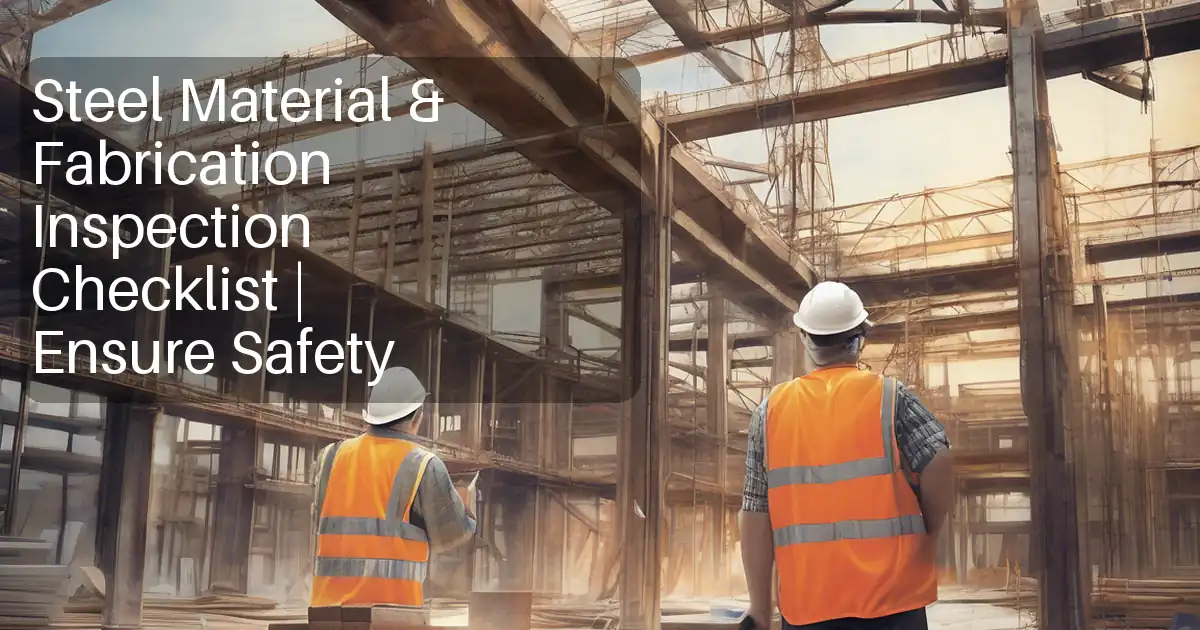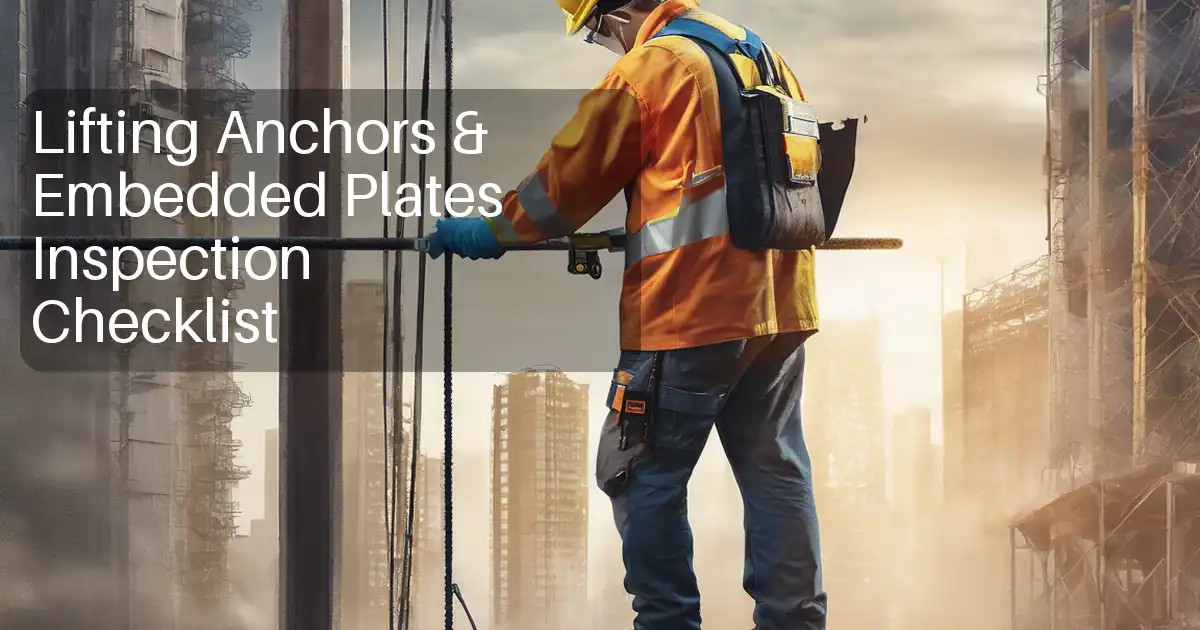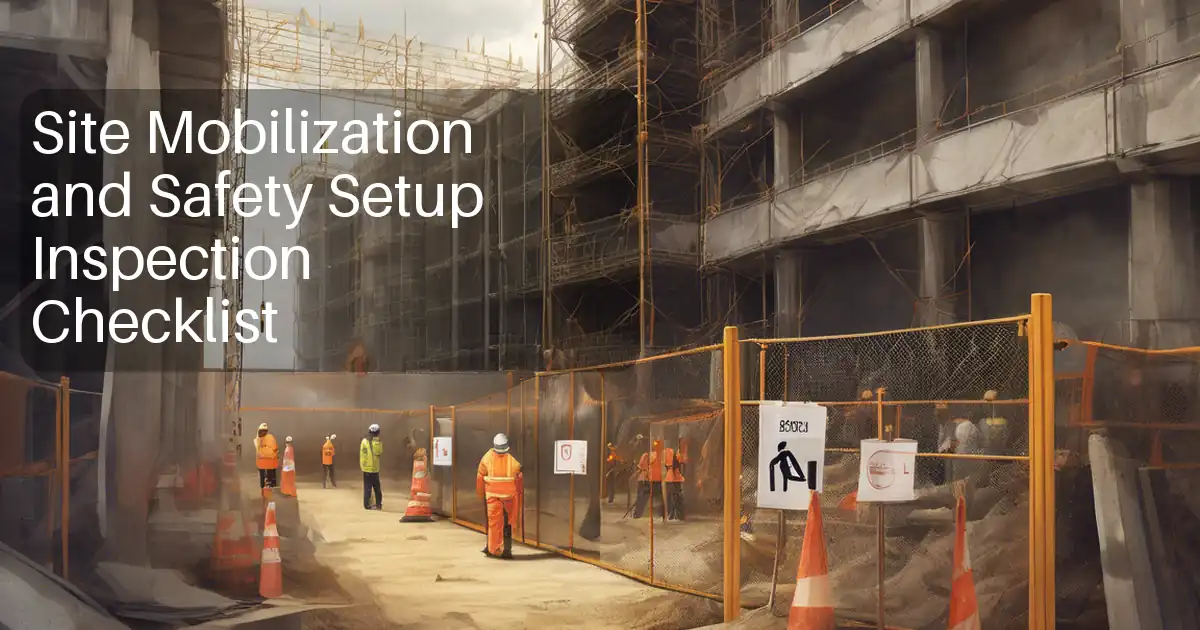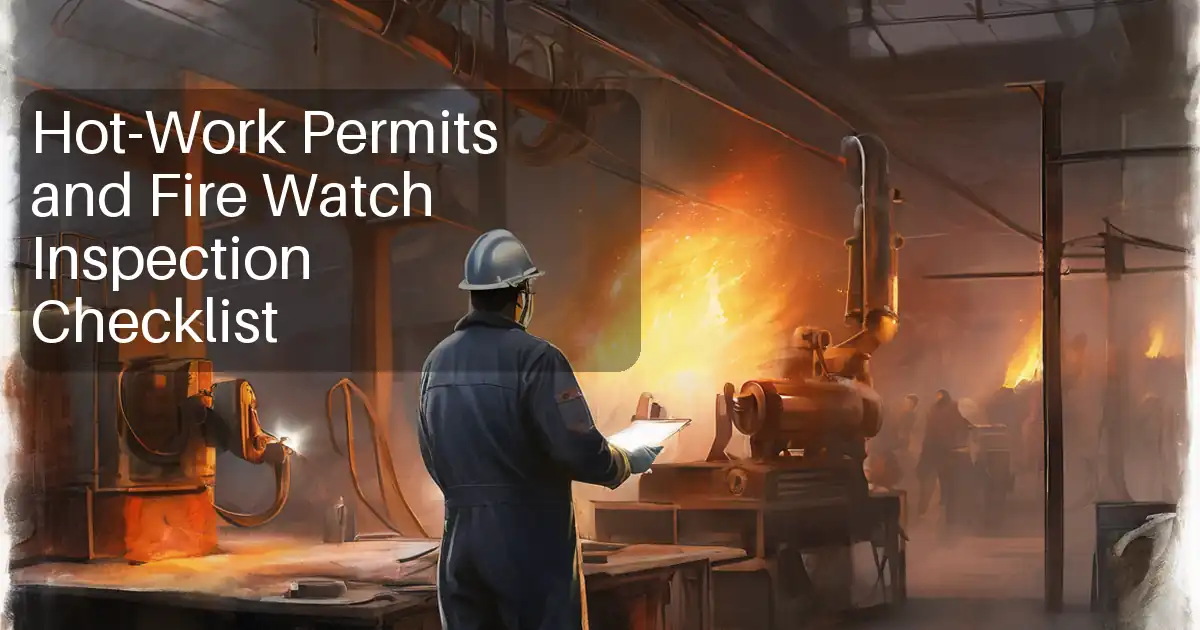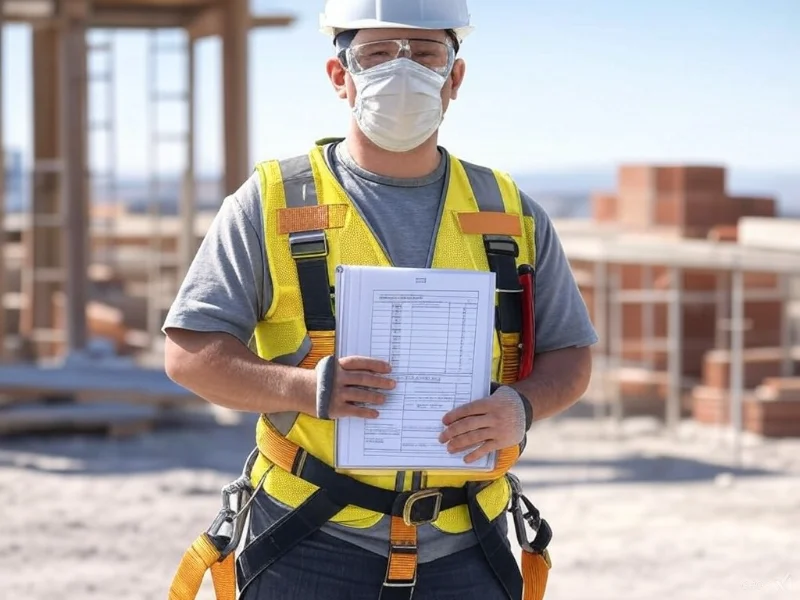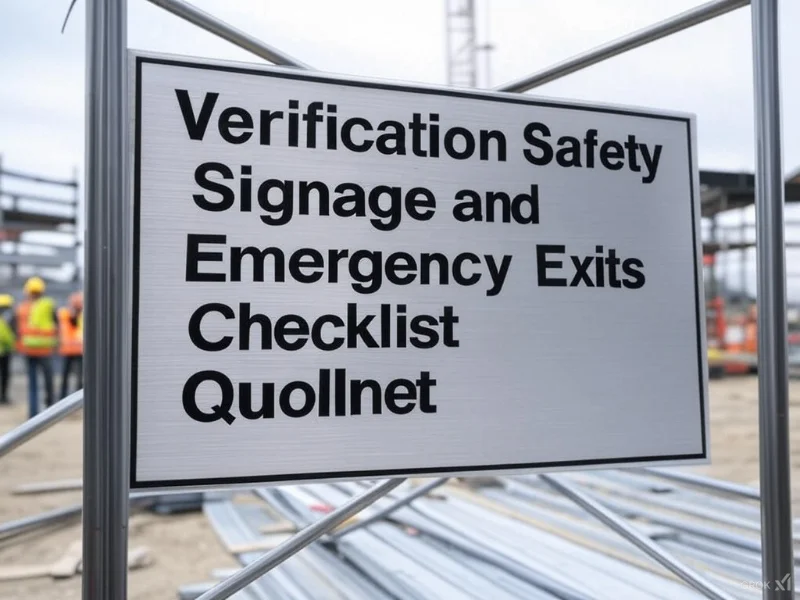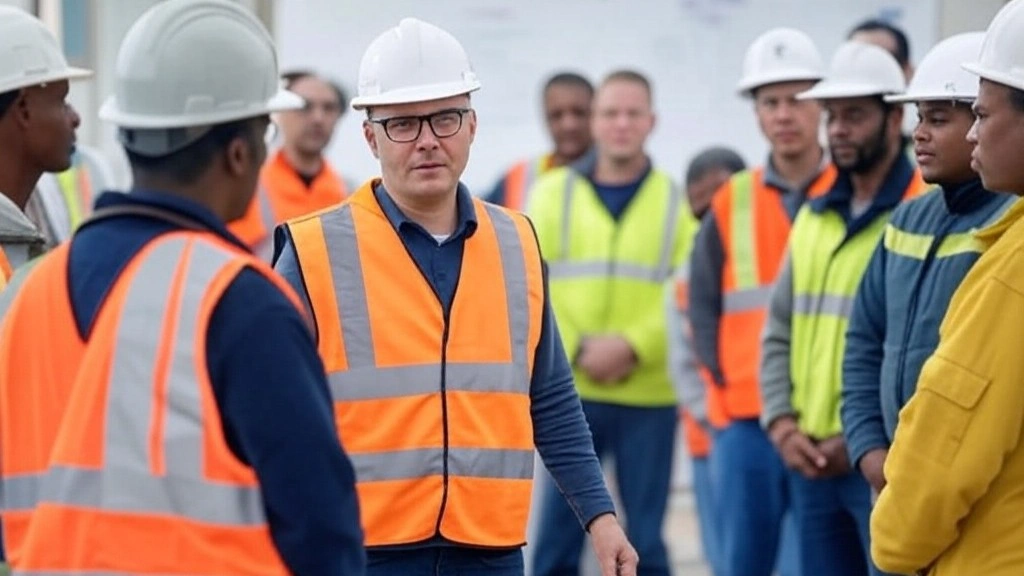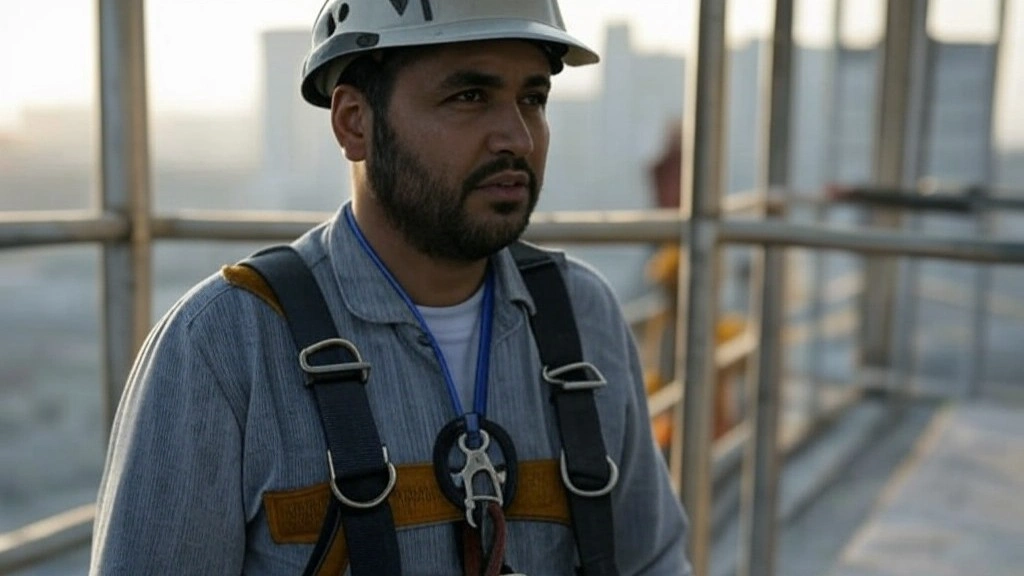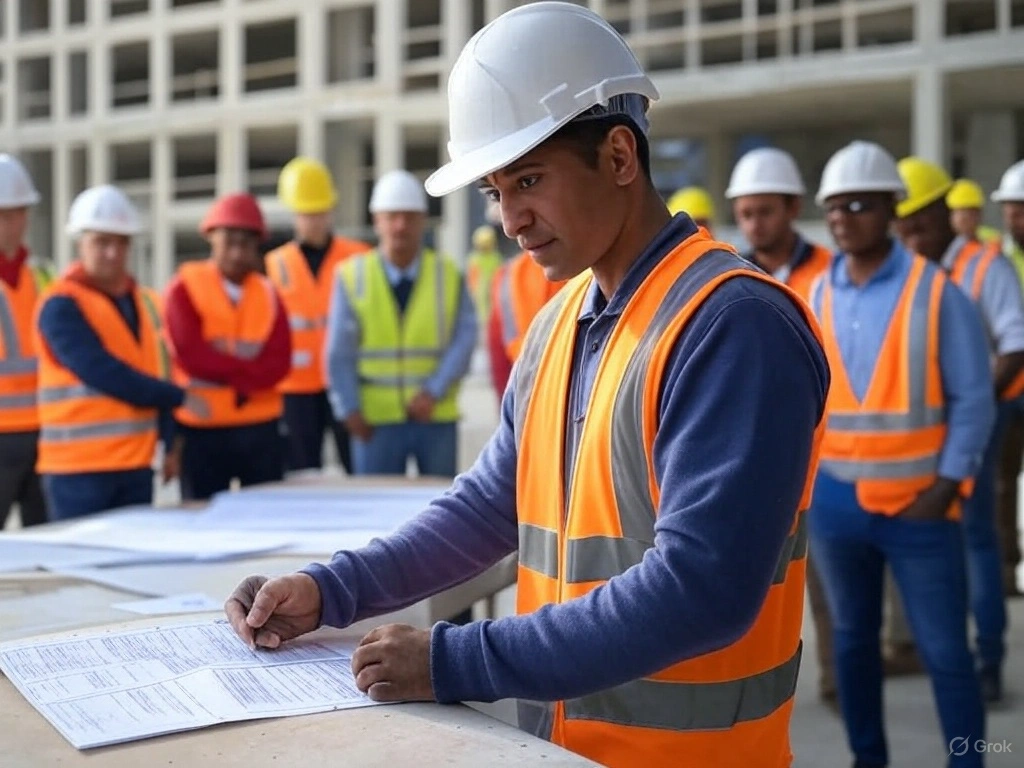Enhancing Construction Safety with Periodic Safety Checklists
Introduction
Safety in construction is a top priority in the industry, where risks like falls, equipment malfunctions, and exposure to hazardous materials are common. Ensuring the safety of workers is critical, and one of the most effective ways to maintain a safe environment is by using periodic safety checklists. These checklists help prevent accidents, enforce compliance with regulations like OSHA standards, and standardize safety procedures across construction projects. In this article, we will explore the importance of safety checklists, their frequency of use, and the best practices for their implementation on construction sites.
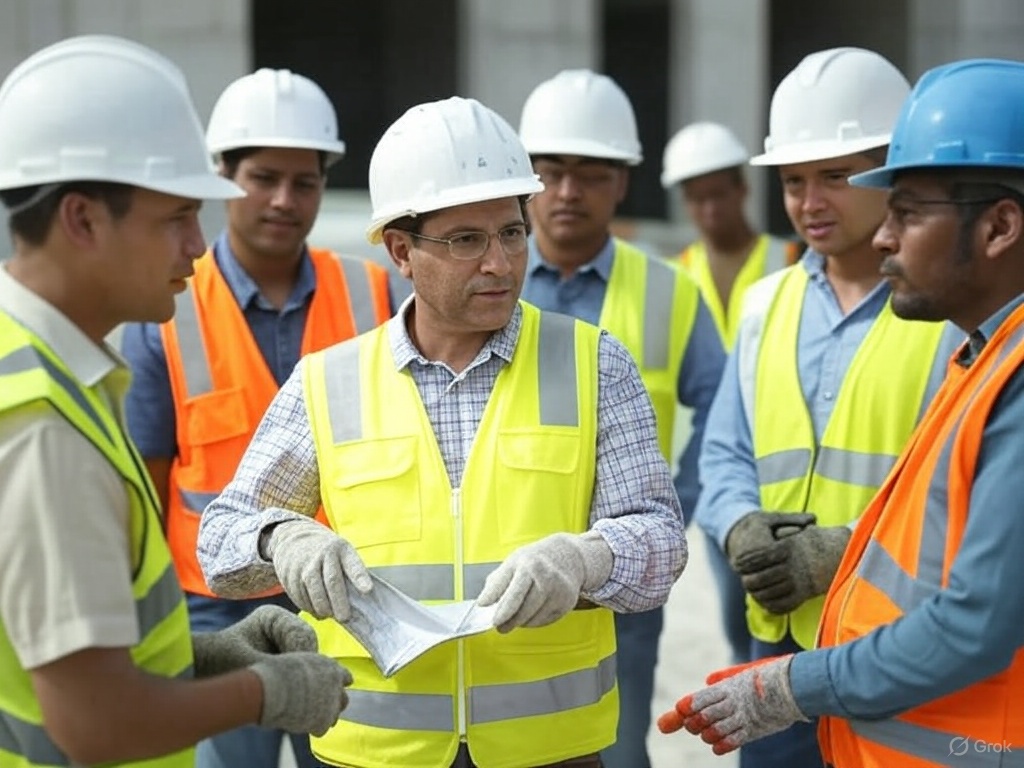
1. Understanding Safety Checklists in Construction
What Are Safety Checklists?
Safety checklists are structured documents used to verify compliance with construction safety protocols. They are proactive tools designed to identify potential hazards before they lead to injuries or violations. These checklists ensure that critical aspects such as personal protective equipment (PPE), machinery, and site conditions are regularly reviewed, helping prevent workplace accidents.
Why Are Safety Checklists Important?
-
Prevent workplace injuries and fatalities
-
Ensure compliance with safety regulations (e.g., OSHA, local codes)
-
Increase overall site efficiency
-
Provide documentation for audits and legal purposes
-
Foster a culture of safety and accountability across teams
2. The Role of Morning Safety Briefings
A crucial part of daily safety practices in the construction industry is the morning safety briefing. These briefings, conducted at the beginning of each workday, set the tone for the day’s activities and prepare workers for potential risks.
Key Topics Covered in Morning Safety Briefings:
-
Overview of the day's tasks and associated risks
-
Weather conditions and their impact on safety
-
PPE requirements and reminders
-
Site-specific hazard updates
-
Emergency procedures and first aid readiness
-
Open discussion for worker concerns and feedback
Morning safety briefings are typically led by site supervisors or safety officers, ensuring that workers start the day informed and prepared for the risks they may encounter.
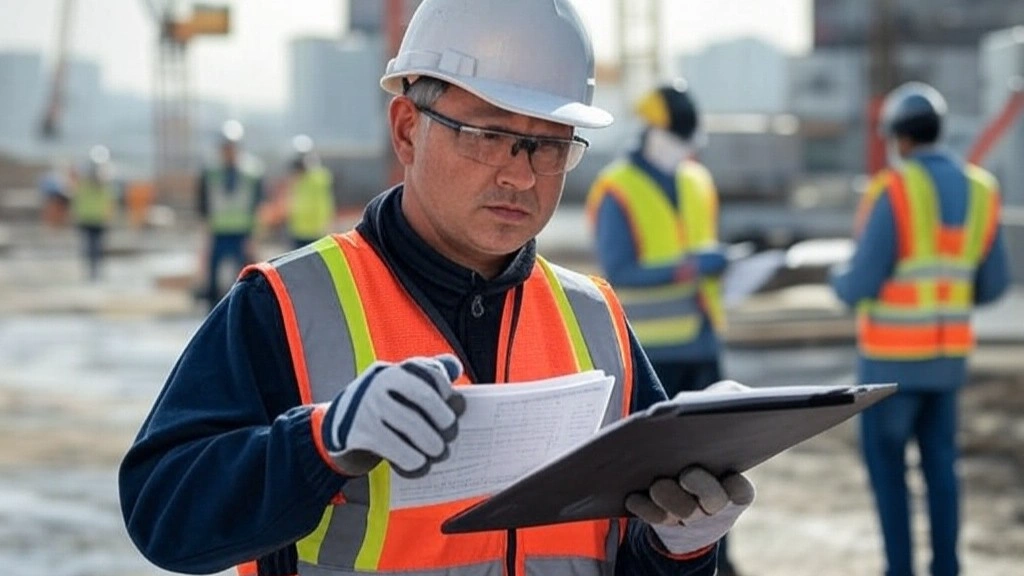
3. Types of Safety Checklists Based on Frequency
A. Daily Safety Checklists (All links below contains downloads)
Daily checklists focus on immediate site hazards, ensuring that workers and equipment are in safe working conditions.
Common Items in Daily Safety Checklists:
B. Weekly Safety Checklists
Weekly checklists provide a more detailed review of the construction site, equipment, and safety compliance.
Common Items in Weekly Safety Checklists:
C. Monthly Safety Checklists / Reports
Monthly safety checklists offer a comprehensive site-wide assessment, focusing on long-term safety measures and compliance verification.
Common Items in Monthly Safety Checklists:
-
Worker certifications and safety training updates
4. Benefits of Using Periodic Safety Checklists
Incorporating periodic safety checklists—daily, weekly, and monthly—plays a pivotal role in enhancing construction site safety. These checklists ensure consistent adherence to safety protocols, reduce the likelihood of accidents, and maintain compliance with standards such as OSHA regulations. R egular use of these tools fosters a culture of safety and accountability within construction teams.
-
Injury Prevention: Significantly reducing the likelihood of accidents on the construction site
-
Legal Compliance: Ensuring that safety protocols comply with local and international standards like OSHA
-
Worker Productivity: A safer work environment promotes efficiency and reduces downtime
-
Audit Readiness: Providing documented evidence of compliance for regulatory audits
-
Consistency: Standardizing safety practices across various construction projects, ensuring all sites follow the same procedures
5. Challenges in Implementing Safety Checklists
Despite their advantages, implementing safety checklists can present certain challenges, including:
-
Worker Resistance: Some employees may perceive checklists as unnecessary bureaucracy, making them less inclined to complete them
-
Time Constraints: Construction projects often face tight deadlines, leading to limited time for detailed safety checks
-
Keeping Checklists Updated: Safety regulations evolve, and construction projects must regularly update their checklists to reflect changes
-
Accountability Issues: Ensuring that workers consistently complete the checklists and adhere to safety standards
6. Best Practices for Effective Safety Checklist Implementation
To ensure the success of safety checklists, consider these best practices:
-
Train Workers and Supervisors: Make sure all personnel understand the importance of following safety checklists and their role in preventing accidents
-
Leverage Digital Tools: Utilize mobile apps and software to track and report on the completion of safety checklists, making the process more efficient
-
Promote a Safety-First Culture: Encourage workers to make safety a priority in all tasks and remind them of the importance of daily check-ins
-
Regularly Update Checklists: Ensure that checklists reflect any changes in safety regulations, site conditions, and new hazards
-
Conduct Surprise Audits: Perform random audits to verify compliance and uncover any safety gaps before they become issues
7. Emerging Trends in Construction Safety:
As we progress through 2025, several key trends are shaping the landscape of construction safety:
-
Integration of Advanced Safety Technologies: The adoption of wearable safety devices and smart sensors is on the rise, allowing for real-time monitoring of workers' health metrics and environmental conditions. This technology aids in the early detection of potential hazards, contributing to a safer work environment.
-
Offsite Construction Practices: Shifting certain construction activities offsite to controlled environments minimizes on-site risks. This approach not only enhances safety but also improves efficiency and quality control.
-
Emphasis on Mental Health: Addressing mental health is gaining importance in the construction industry. Initiatives promoting mental well-being aim to support workers facing stress and other psychological challenges, contributing to a holistic safety culture.
8. Call-To-Action:
To further strengthen your safety measures, accessing comprehensive safety checklist templates can be invaluable. These templates help ensure that every aspect of construction site safety is thoroughly inspected and accounted for, minimizing risks and ensuring compliance with safety regulations.
Conclusion:
Safety in construction is an ongoing effort that requires vigilance and commitment. Periodic safety checklists are invaluable tools in reducing risks, ensuring compliance, and fostering a culture of accountability. By incorporating daily, weekly, and monthly checklists along with morning safety briefings, construction companies can improve worker safety and overall project efficiency. Adopting these best practices is not just about compliance—it's about protecting lives and ensuring that every worker goes home safely at the end of the day.


